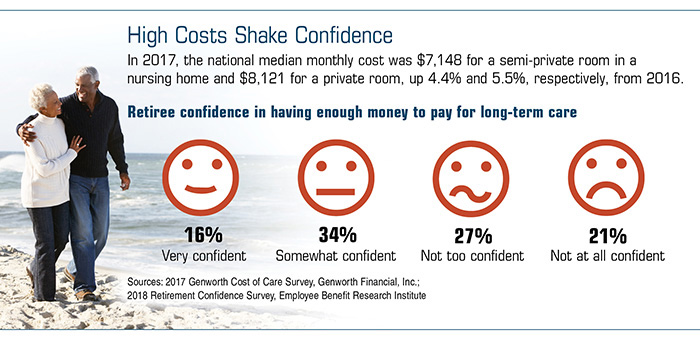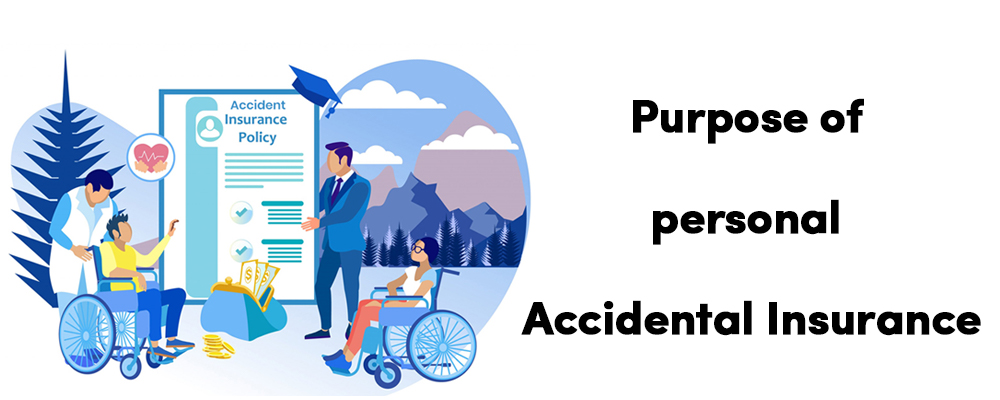Some Known Facts About Pacific Prime.
Some Known Facts About Pacific Prime.
Blog Article
The smart Trick of Pacific Prime That Nobody is Discussing
Table of ContentsPacific Prime Fundamentals ExplainedThe Best Strategy To Use For Pacific PrimeThe Main Principles Of Pacific Prime Some Known Factual Statements About Pacific Prime
In the majority of states, the insurance company is called for to send you a copy of the changes to your plan. It is necessary that you check out Endorsements or Bikers so you comprehend just how your policy has altered and if the policy is still sufficient to satisfy your demands. To acquire a copy of your insurance plan, please contact your insurance agent or company.
The Institute of Medicine (IOM) Board on the Consequences of Uninsurance launches an extensive exam of proof that addresses the value of wellness insurance coverage with the publication of this record. Protection Matters is the first in a collection of 6 records that will be issued over the following 2 years documenting the reality and effects of having an approximated 40 million people in the United States without health insurance policy coverage.

Indicators on Pacific Prime You Need To Know
The goal of this series of research studies is to refocus plan attention on a historical problem. Complying with the lengthiest economic growth in American background, in 1999, an approximated one out of every six Americans32 million grownups under the age of 65 and even more than 10 million childrenremains without insurance (Mills, 2000).

Ten percent of the population make up 70 percent of healthcare expenditures, a relationship that has actually continued to be continuous over the previous 3 years (Berk and Monheit, 2001) - global health insurance. Thus medical insurance remains to serve the function of spreading risk also as it significantly funds regular care. From the point of view of health and wellness care suppliers, insurance coverage brought by their individuals aids secure an income stream, and neighborhoods profit from financially viable and stable health care professionals and establishments
Federal government gives health insurance to populations whom the private market may not serve efficiently, such as disabled and seniors, and populaces whose accessibility to healthcare is socially valued, such as youngsters and expecting ladies. The best ends read the article of medical insurance coverage for the individual and communities, consisting of office neighborhoods of employees and companies, are enhanced wellness results and lifestyle.
Not known Facts About Pacific Prime
Employees rate medical insurance first by much in significance amongst all the benefits supplied in the workplace (Salisbury, 2001). Although there have been sizable investments of individual and public funds to give wellness insurance, lots of people still have no coverage. Despite considerable coverage of study findings and health and wellness care study results, the public remains confused and mistaken concerning Americans without health insurance coverage and the effects of lacking coverage.

Without concern, the intricacy of American healthcare funding mechanisms and the riches of resources of details add to the general public's confusion and skepticism about medical insurance stats and their interpretation. This record and those that will follow objective to boil down and provide in conveniently understandable terms the substantial research study that bears upon inquiries of health insurance coverage and its significance.
Fifty-seven percent of Americans surveyed in 1999 believed that those without medical insurance are "able to obtain the treatment they require from medical professionals and medical facilities" (Blendon et al., 1999, p. 207). In 1993, when national attention was concentrated on the issues of the uninsured and on pending health and wellness care regulations, simply 43 percent of those questioned held this idea (Blendon et al., 1999).

They likewise obtain fewer preventative solutions and are less likely to have normal take care of chronic conditions such as hypertension and diabetes. Persistent conditions can result in costly and disabling problems if they are not well taken care of (Lurie et al., 1984; Lurie et al., 1986; Ayanian et al., 2000). One nationwide survey asked more than 3,400 grownups about 15 highly significant or somber conditions.
Pacific Prime Fundamentals Explained
Added evidence exists later in this phase in the conversation of insurance and access to healthcare. https://anotepad.com/notes/23abm5wr. People without health and wellness insurance policy are young and healthy and balanced and pick to do without coverage. Almost fifty percent (43 percent) of those checked in 2000 thought that people without health insurance policy are most likely to have health issue than individuals with insurance
Citizens and policy makers in focus team discussions define those without insurance coverage as youngsters who have the possibility to be covered and feel they do not require it (Doorperson Novelli, 2001). Contrasted to those with at the very least some personal coverage, the uninsured are much less likely to report being in superb or great health (Agency for Medical Care Research and High Quality, 2001).
RESOURCE: Facility for Cost and Financing Researches, Agency for Healthcare Research Study and Top quality, based on MEPS data. Young grownups in between 19 and 34 are much extra likely to do not have wellness insurance coverage than any type of various other age group. This is chiefly since they are less typically qualified for employment-based insurance policy as a result of the nature of their work or their brief tenure in it.
The perception that individuals without insurance coverage have better-than-average health and wellness adheres to from perplexing the reasonably young age profile of the uninsured with the better health, on average, of younger persons. This obscures the link between health status and health and wellness insurance coverage. For those without access to work environment health and wellness insurance coverage, bad health is a prospective barrier to purchasing nongroup coverage since such insurance coverage might be extremely valued, exclude pre-existing problems, or be merely inaccessible.
Report this page